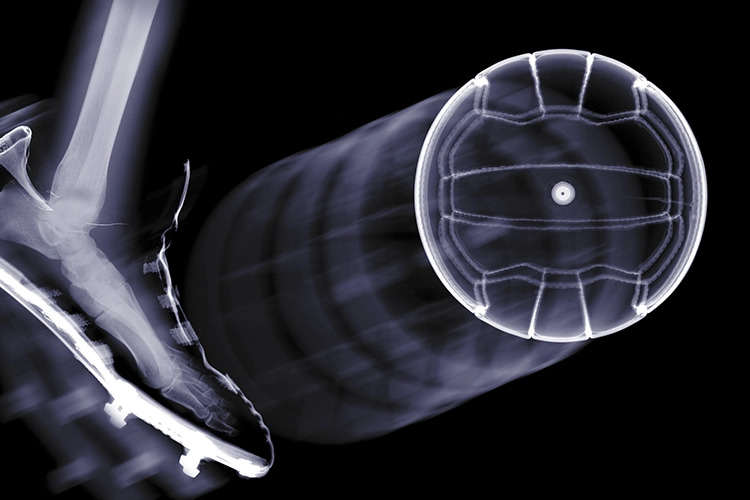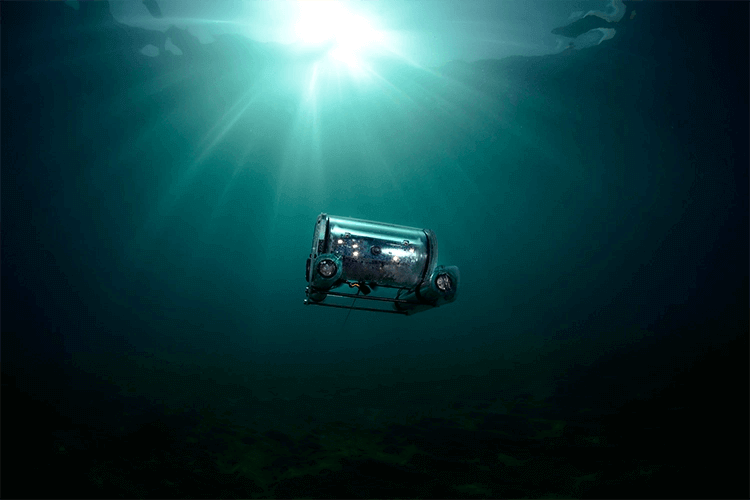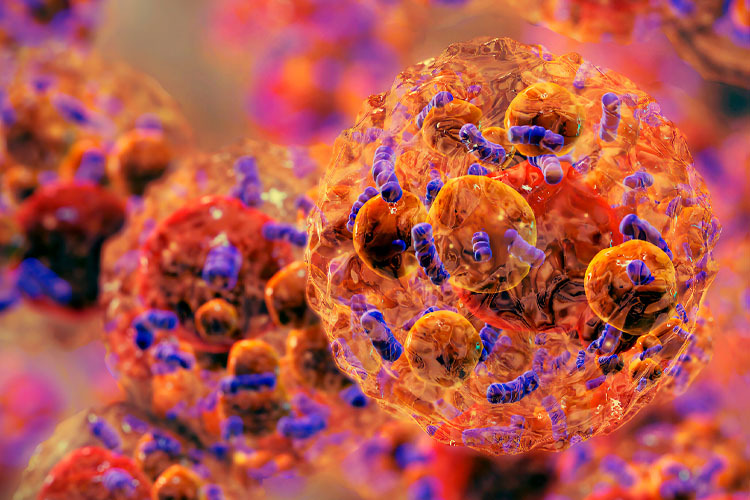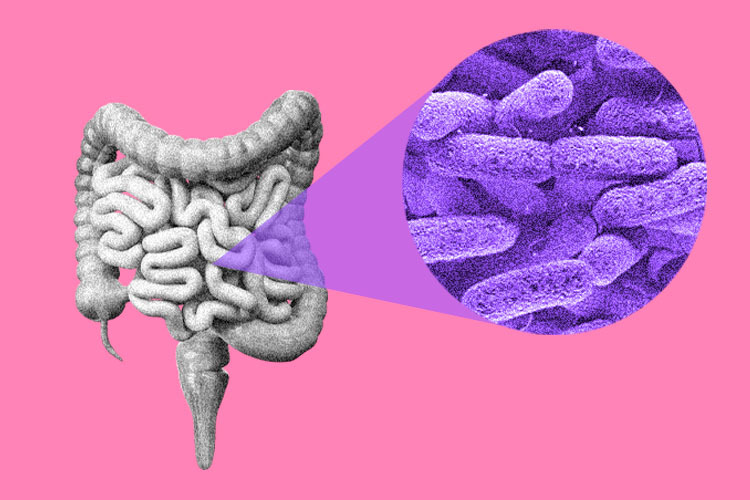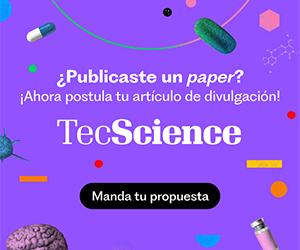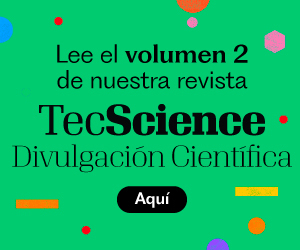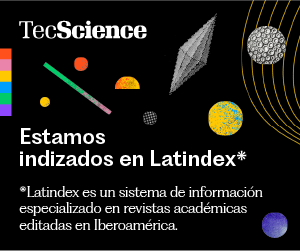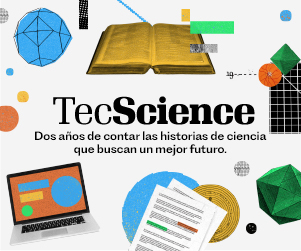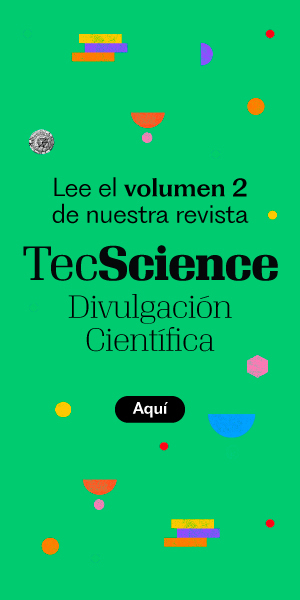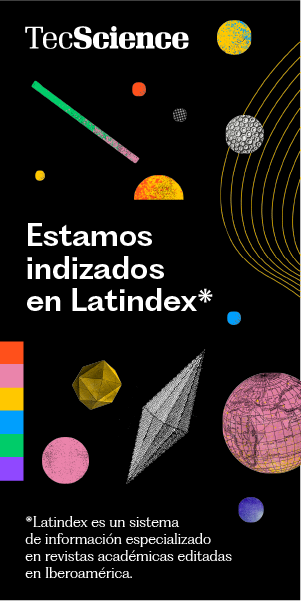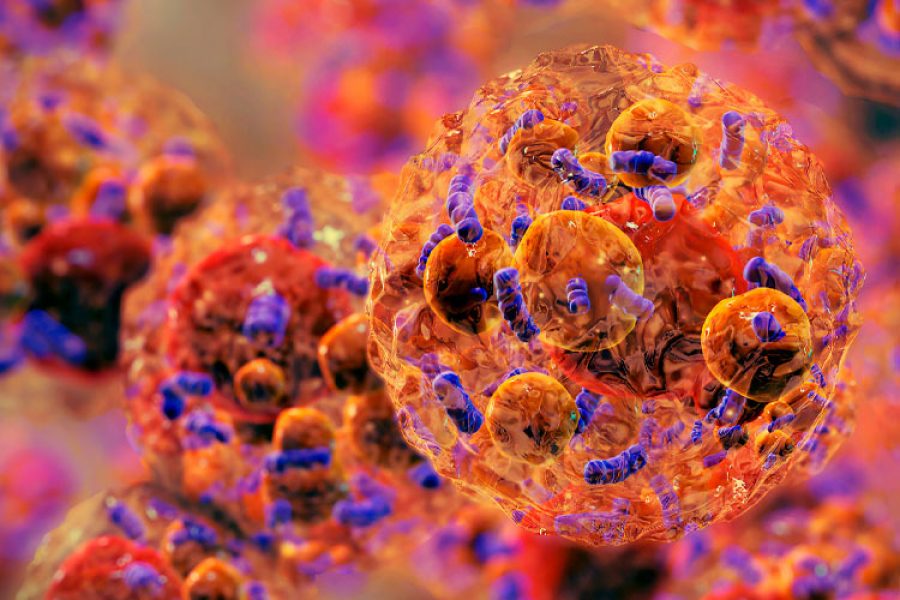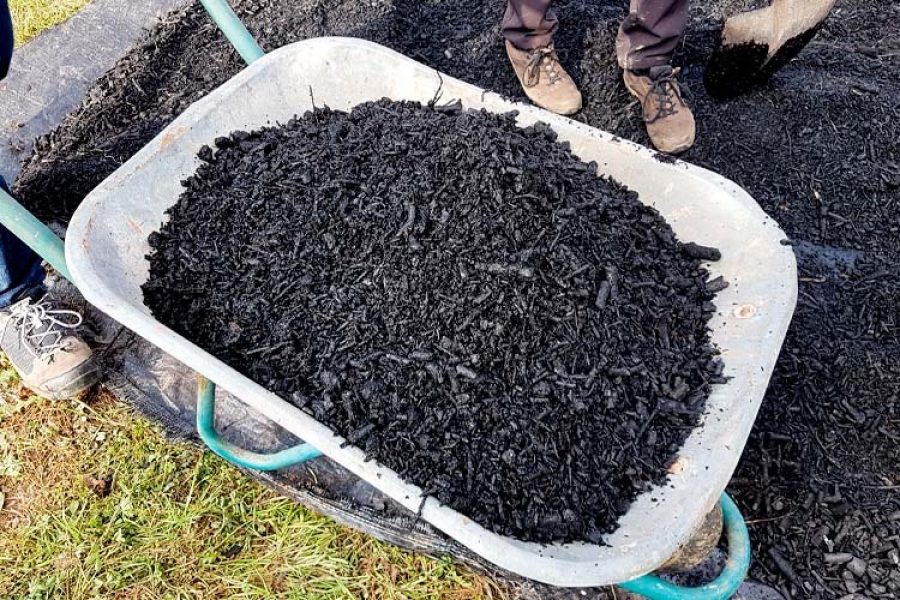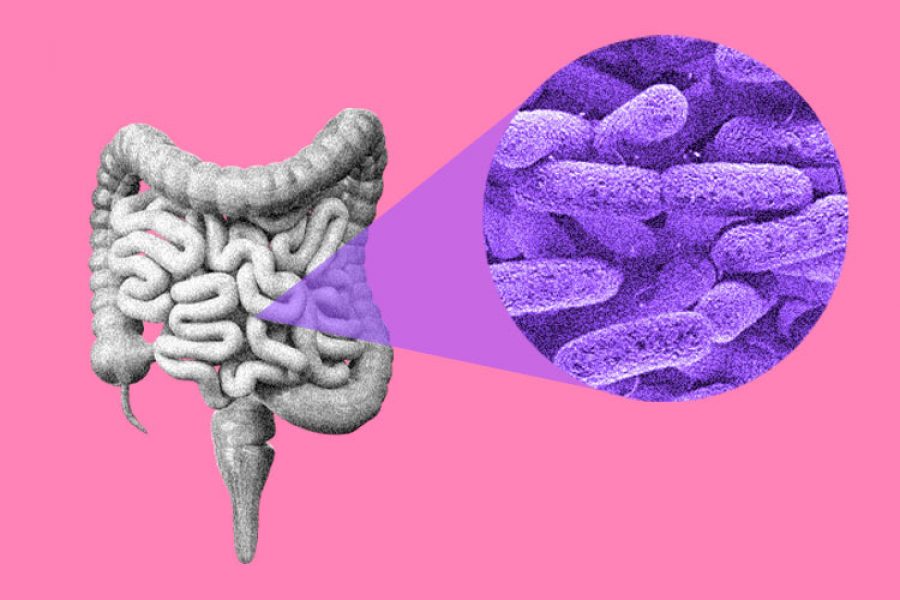By Victor H. Perez-Gonzalez and Roberto C. Gallo-Villanueva
Microparticles are everywhere, in the air, in the water, and in the food. Some are beneficial and others are detrimental to our health and the environment. As the prefix “micro” in their name suggests, these are very tiny particles and, therefore, it is difficult to detect, identify, and separate them from a sample.
Fortunately, electric and microfluidics can work together to help us solve this challenge.
Microparticles are suspended in the air we breathe, in the blood that flows through our veins, in our tears and saliva, in the water in oceans and rivers, and even in the food we eat.
Some particles damage the environment (for example, microplastics) or human and animal health (for example, bacteria and parasites).
Unfortunately, these tiny particles and their low concentrations make them undetectable to the naked eye. Therefore, developing technology capable of screening these samples and identifying the presence of microparticles is essential.
Microfluidics: What It Is
Let’s imagine an everyday scene. We’re at the supermarket, standing in front of a table with green, yellow, and red apples, and we want to pick only the large red apples. It’s easy for us because our eyes can distinguish colors and sizes, and our hands select the pieces we want.
However, when we talk about microparticles so tiny and diluted that we can’t see or handle them directly, the situation gets more complicated.
This is where microfluidics comes in—a branch of science and technology that works with very small amounts of liquids. Since microparticles can be suspended in a liquid without changing their behavior as a liquid, they can be manipulated inside a microfluidic device.
The challenge, however, is twofold: to distinguish one type of microparticle from another, like our eyes tell apart apples of different colors and sizes—and to separate them selectively, like our hands would.
Fortunately, our middle school teachers, perhaps without realizing it, showed us a solution years ago.
We’ve all seen the experiment where someone rubs a plastic ruler against their hair and then brings it close to tiny pieces of paper. Some pieces, the lightest ones, are attracted to the ruler. We know that electric charges with the same sign repel each other, while those with opposite signs attract.
Since the pages of a notebook don’t repel each other, we can assume they’re not electrically charged. So, how is it possible that the ruler attracts the little pieces?
It does so thanks to electrokinetic phenomena that allow moving and separating microparticles inside liquids by exploiting their response to electric fields. This is exactly what microfluidics uses to distinguish different types of microparticles.
Microfluidic device
The study Enabling the characterization of the nonlinear electrokinetic properties of particles using low voltage presents a microfluidic device capable of using electricity to characterize the electrokinetic properties of microparticles [1].
These properties—such as linear electrophoretic mobility, nonlinear electrophoretic mobility, electroosmotic mobility, and dielectrophoretic mobility—describe how different microparticles move or react to electric fields.
Each acts like a distinctive “tag,” similar to the color or size in the apple example, characteristics that allow us to identify and separate them within the liquid.
At the same time, the device selectively recognizes and retains particles of interest. While the liquid flows from inlet to outlet, the particles remain in place, effectively mimicking our eyes’ ability to distinguish and our hands’ skill in selecting.
The most significant aspect of this development is its broad applications in biomedicine and biotechnology, as it enables the manipulation of nucleic acids (DNA and RNA), proteins, exosomes, bacteria, microalgae, and parasites.
This brings us closer to designing portable sensors for rapid detection of pathogens and contaminants in food and water, as well as for early cancer diagnosis.
References
- De Los Santos-Ramirez, J. M., Mendiola-Escobedo, C. A., Cotera-Sarabia, J. M., Gallo-Villanueva, R. C., Martinez-Duarte, R., & Perez-Gonzalez, V. H. (2024). Enabling the characterization of the nonlinear electrokinetic properties of particles using low voltage. Analyst, 149(14), 3839-3849.
Authors
Víctor Hugo Pérez González. Ph.D. in Information and Communication Technologies from Tecnológico de Monterrey. He is currently a research professor in the Strategic Research Group: Nanosensors and Devices. He leads the Interface Science research group and is a member of the National System of Researchers.
Roberto Carlos Gallo Villanueva. Research professor in the Nanosensors and Devices Focus Group at the School of Engineering and Sciences, Tecnológico de Monterrey. He holds a Ph.D. in Engineering Sciences with a specialization in Biotechnology. His research interests include electrokinetic methods in microfluidics for biological and biomedical applications. He is also a member of the National System of Researchers.

